Yamaha receiver memory problem
cgalny
18 years ago
Related Stories
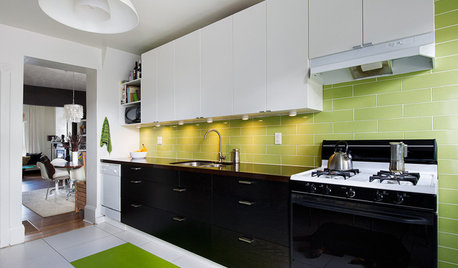
KITCHEN DESIGNKitchen of the Week: Budget-Friendly Boosts in Toronto
Blandness gets the boot as a Canadian kitchen receives a bold dose of color and custom cost-conscious storage
Full Story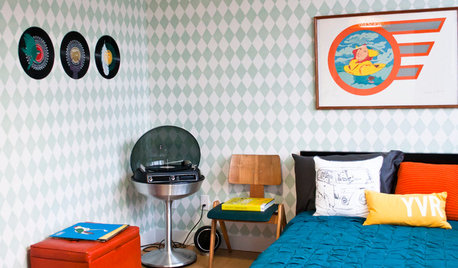
DECORATING GUIDES10 Retro Items Ripe for a Revival
Take a trip down memory lane through a world of innovative items from the past
Full Story
LIFECreate a 'Forever House' Connection
Making beautiful memories and embracing your space can help you feel happy in your home — even if you know you'll move one day
Full Story
LIFE10 Ways to Honor and Remember a Departed Loved One at Home
Help the grieving process and keep beautiful memories alive with these thoughtful tributes
Full Story
MOST POPULARHow to Hang the American Flag at Home
We’ll show you how to display the American flag on your house for Memorial Day, the Fourth of July or all year round
Full Story
ENTERTAININGBeat Winter's Chill With an Indoor Picnic
Build warm memories with loved ones by bringing lighthearted outdoor dining to your living room
Full Story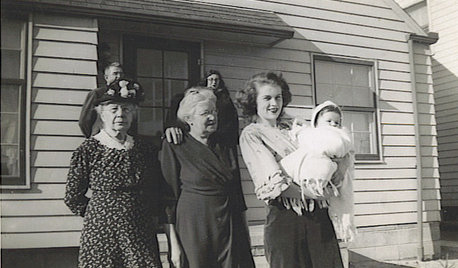
LIFETime Travel to Houzzers' Childhood Homes, Part 1
Peek into home design's past and share the memories of Houzz community members with these personal photos and stories
Full Story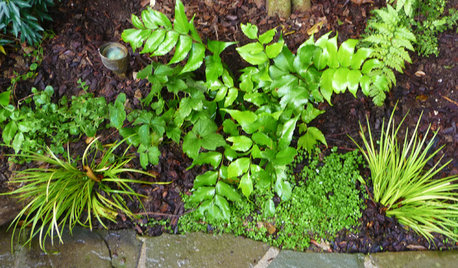
GARDENING GUIDESGreat Design Plant: Cyrtomium Falcatum ‘Rochfordianum’
Adding Japanese holly fern to your woodland garden is a great way to celebrate the holidays and create lasting memories
Full Story
INSIDE HOUZZThere’s a Party in the Backyard, Says a Houzz Landscaping Survey
Entertaining, growing edibles and solving problems are goals for homeowners planning to revamp their yards
Full Story
HOUSEKEEPINGProtect Your House From Winter Water Damage
Avoid costly repairs by learning to spot potential problem areas before water damage is done
Full StoryMore Discussions






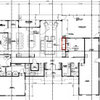
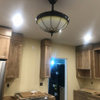
pee_wee
cgalnyOriginal Author
Related Professionals
Allendale Home Automation & Home Media · Ashburn Home Automation & Home Media · Birmingham Home Automation & Home Media · Boynton Beach Home Automation & Home Media · Clearwater Home Automation & Home Media · Farmington Home Automation & Home Media · Ferndale Home Automation & Home Media · Medford Home Automation & Home Media · Mount Lebanon Home Automation & Home Media · Norridge Home Automation & Home Media · Oak Lawn Home Automation & Home Media · Olathe Home Automation & Home Media · Orlando Electricians · Hillcrest Heights Handyman · Cahokia Lightingsteve340
cgalnyOriginal Author
pee_wee
cgalnyOriginal Author
lynnwill
cgalnyOriginal Author
cgalnyOriginal Author
cgalnyOriginal Author
cgalnyOriginal Author
cgalnyOriginal Author
idlerwheel
idlerwheel
cgalnyOriginal Author
idlerwheel
cgalnyOriginal Author
cgalnyOriginal Author
idlerwheel
idlerwheel
cgalnyOriginal Author
idlerwheel
cgalnyOriginal Author
idlerwheel
jablazer
cgalnyOriginal Author
ford88_2002_Yahoo_com
cgalnyOriginal Author
bobzwaco
ford88_2002
cgalnyOriginal Author
ford88_2002
cgalnyOriginal Author
emporiumb
swilliams_geosyntec_com
Nil_nil_com
joelwidom_cox_net
Nickiz333
yorel
toxcrusadr